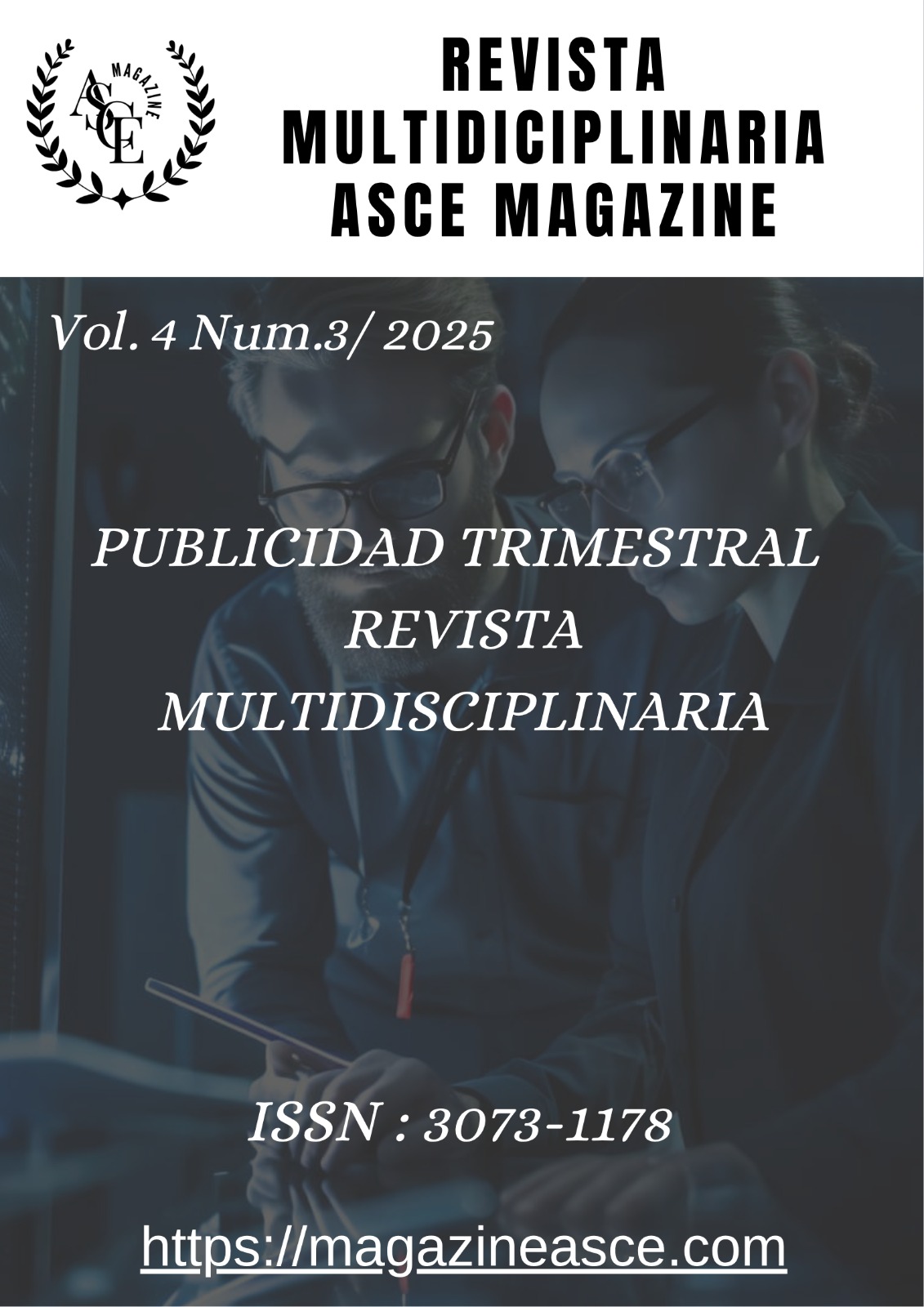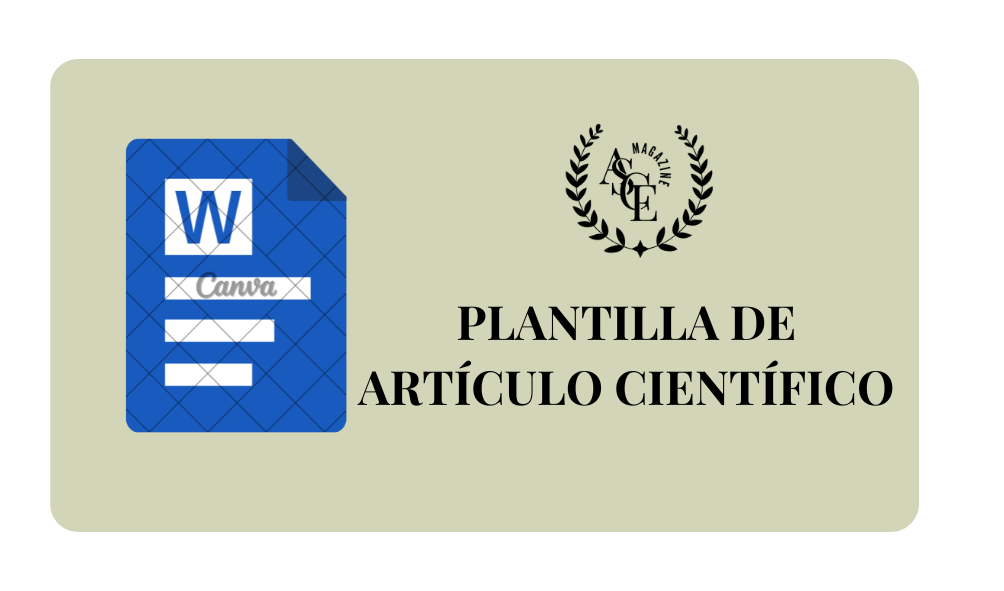Generation of IDF Curves for the Las Abras Stream Using Multiple Linear Regression and the Talbot Method
DOI:
https://doi.org/10.70577/ASCE/685.710/2025Keywords:
precipitation, hydrology, IDF curves, regression.Abstract
Precipitation is one of the most critical meteorological processes, and its temporal analysis is fundamental in hydrological studies. This analysis enables the identification of key indices and parameters for flood prediction and the development of rainfall models based on available data. In this context, Intensity-Duration-Frequency (IDF) curves are essential tools, as they apply frequency analysis to fit the data to a probability distribution, facilitating the estimation of return periods for precipitation events. These results are crucial for ensuring the proper design and sizing of civil infrastructure near the watershed.In the statistical analysis of hydrological variables, this study employs the Talbot method and Multiple Linear Regression (MLR) for the hydrological design of a sub-basin of the Chambo River. Maximum precipitation records provided by the National Institute of Meteorology and Hydrology of Ecuador (INAMHI) are used to identify and model an intensity equation that allows for the generationof IDF curves representative of rainfall behavior in the Las Abras stream, located in Guano canton, Chimborazo province. Due to the lack of a complete tabulation and the absence of daily data for the entire year, this research addresses information gaps through correlation between missing data and available records from nearby meteorological stations.The results of this study, along with recent research conducted in areas adjacent to the basin, show that the intensity equation adjusted using the Multiple Linear Regression (MLR) method yields a perfect coefficient of determination (R² = 1.00). In turn, the Talbot method produces values above 0.95, indicating a high degree of fit. Collectively, the multi-method analysis demonstrates a probabilistic consistency that closely reflects the hydrological reality of the Las Abras stream.Downloads
References
Abril et al. (2020). Curvas de intensidad, duración y frecuencia de la estación meteorológica Puyo. http://scielo.sld.cu/pdf/riha/v41n1/1680-0338-riha-41-01-127.pdf .
Acosta, P., & Sierra, X. (2013). Evaluación. Evaluación de métodos de construcción de curvas IDF a partir de distribuciones de probabilidad y parámetros de ajuste, .http://scielo.sld.cu/pdf/riha/v41n1/1680-0338-riha-41-01-127.pdf.
Alfaro, E., & Soley, F. (2009). Descxripción de dos métodos de relleno de datos ausentes en series de tiempo meteorológicas. Revista de Matemática: Teoría y Aplicaciones, 16(1), 60-75. https://doi.org/10.15517/rmta.v16i1.1419. DOI: https://doi.org/10.15517/rmta.v16i1.1419
Altamirano, C., & Carrillo, P. (2023). Comparación de técnicas de relleno de datos faltantes de variables meteorológicas en la provincia de Chimborazo. http://dspace.espoch.edu.ec/handle/123456789/19932.
Campos Aranda, D. (2016). Una aplicación hidrológica de la regresión lineal múltiple ponderada. Tecnología y Ciencias del Agua. ISSN-e 2007-2422, Vol 7, No. 4 (Julio - Agosto de 2016), 161-173, 7(4), 161-173. https://dialnet.unirioja.es/servlet/articulo?codigo=7357243&info=resumen&idioma=SPA.
Fuentes, j. (2004). ANÁLISIS MORFOMÉTRICO DE CUENCAS: CASO DE ESTUDIO DEL PARQUE NACIONAL PICO DE TANCÍTARO.
Galeano et al. (2011). Estudio comparativo de los diferentes m[etodos para el diseño de alcantarillas y vías férreas.
Gallegos et al. (2016). Estimación de datos diarios faltantes en registros de precipitación y temperatura máxima y mínima en San Luis Potosí. Ingeniería Agrícola y Biosistemas. 8(1), 3-16. https://doi.org/10.5154/R.INAGBI.2015.11.008 . DOI: https://doi.org/10.5154/r.inagbi.2015.11.008
Gutiérrez-López et al. (2019). Ajuste de curvas IDF a partir de tormentas de corta duración. Tecnología y Ciencias, 10(6), 1-24. https://doi.org/10.24850/J-TYCA-2019-06-01. DOI: https://doi.org/10.24850/j-tyca-2019-06-01
Ibáñez et al. (2011). Morfología de las cuencas hidrográficas.
INAMHI. (2016). Publicación de la información generada por las 35 estaciones hidrológicas automáticas. Ecuador: INAMHI.
INAMHI, I. (2015). Determinación de ecuaciones para el cálculo de intensidades máximas de precipitación. . Instituto Nacional De Meteorológia E Hidrología.
Pérez-Sánchez, J., & Senent-Aparicio, J. (2017). Curvas intensidad-duración-frecuencia de tormentas de corta duración en la cuenca del río Segura, España. Agrociencia, 51(6), 607-616. Recuperado en 18 de julio de 2025, de http://www.scielo.org.mx/scielo.php?script=sci_arttext&pid=S1405-31952017000600607&lng=es&tlng=es.
Sheonty, S., & Islam, T. (2020). ESTABLISHMENT OF RAINFALL INTENSITY-DURATION-FREQUENCY CURVES OF KHULNA. In KUET. https://www.researchgate.net/publication/343817812.
Tenesaca et al. (2024). Modelación hidrológica e hidráulica para la identificación de zonas de inundación en la quebrada Las Abras, Riobamba. Revista Científica INGENIAR, 7–19. https://doi.org/10.46296/ig.v7i14.0220.
Trujillo. (s.f.). Revista Mexicana de Ciencias Agrícolas.
Trujillo et al. (2015). Relleno de series diarias de precipitación, temperatura mínima, máxima de la región norte del Urabá Antioqueño. Revista Mexicana de Ciencias Agrícolas, 6(3), 577-588. DOI: https://doi.org/10.29312/remexca.v6i3.640
Velez, M. (2000). Hidrología para ingenieros. Obtenido de https://www.researchgate.net/profile/Velez Maria/publication/338778972_HIDROLOGIA_PARA_INGENIEROS/links/5e2a13964585 150ee77dede5/HIDROLOGIA-PARA-INGENIEROS.pdf
Zhicay Lombaida, J. I. (2020). Caracterización morfométrica y estudio hidrológico de la microcuenca del río San Francisco, cantón Gualaceo. Cuenca: Universidad Politécnica Salesiana Sede Cuenca.
Zúñiga-Rodríguez et al. (2024). Zúñiga-Rodríguez, M. G.Efectos del cambio climático en zonas urbanas aledañas a las quebradas “San Sebastián” y “El Rosario” del Cantón Guano. Revista Científica INGENIAR, 7-19. https://doi.org/https://doi.org/10.46296/ig.v7i13.0150.
Downloads
Published
How to Cite
Issue
Section
License
Copyright (c) 2025 Jessica Paulina Brito Noboa, Nelson Estuardo Patiño Vaca, Mishell Esthefannía Lucero Coba, Dennis Alexander Pinargote Sarabia

This work is licensed under a Creative Commons Attribution-NonCommercial-NoDerivatives 4.0 International License.






























